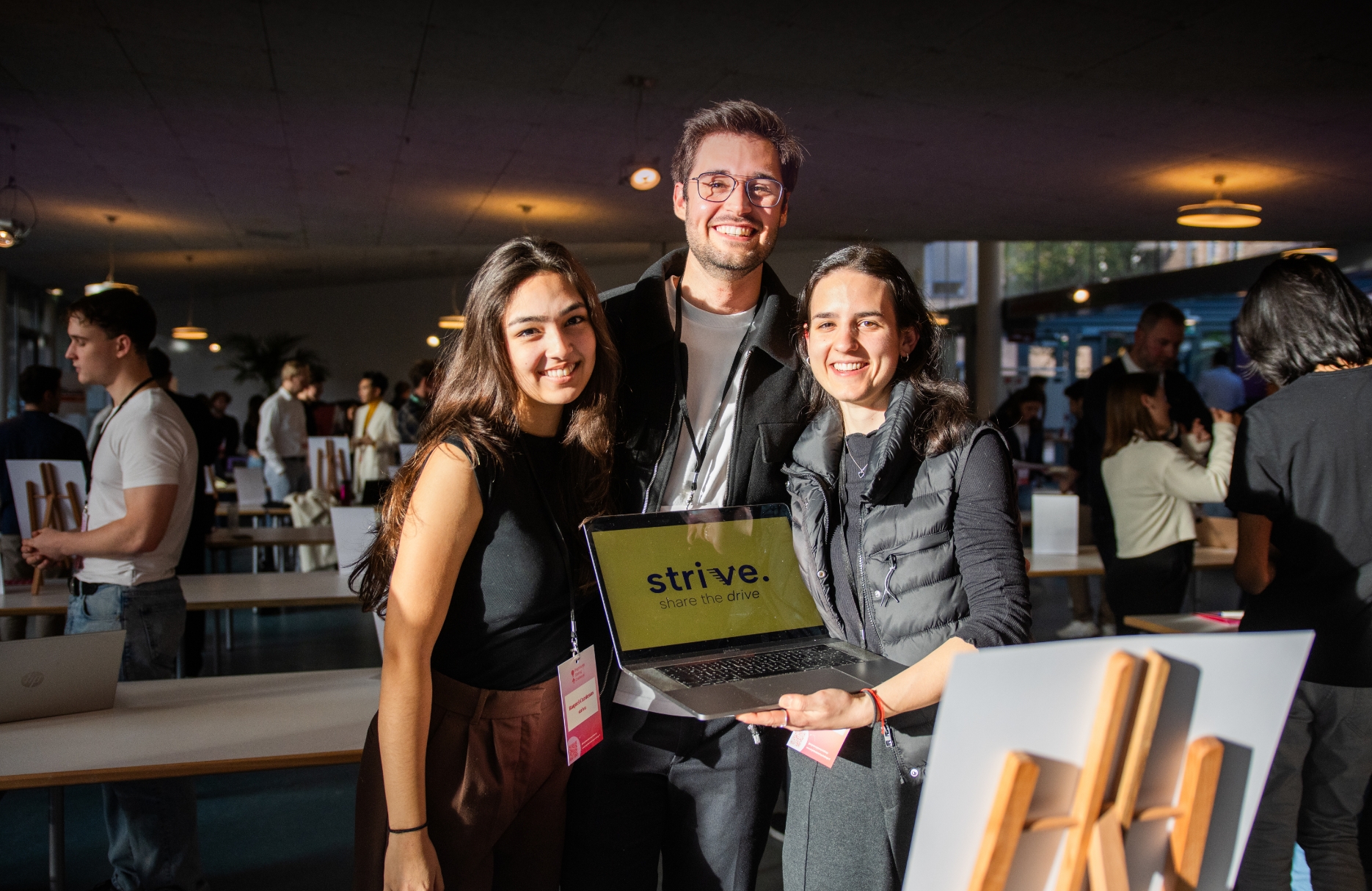The Mission
Our mission is to develop an easy-to-use and standardised mold for organoid sectioning that enables consistent reproducible embedding for vibratome sectioning to enhance the efficiency of organoid-based research. Organoids play an important role in biomedical research and disease modeling, so the need for standardised methods is necessary. Hence, our mold is a cost-effective scalable solution that ensures consistent organoid positioning, which improves its reproducibility. This innovation benefits researchers in stem cell biology and neuroscience, and laboratories that rely on organoid-based models.
The Challenge
Organoids are three dimensional (3D) cell cultures that are derived from stem cells that have the organizational properties and ability to generate cell types that resemble the corresponding organ (Andrews & Kriegstein, 2022; Heinzelmann et al., 2024). This 3D model can represent an in vivo microenvironment with interactions of various cell types, however, it fails to accurately represent the full picture as multiple factors that are interlinked in the human body cannot be yet represented in this model such as functional microcirculation (Heinzelmann et al., 2024; Urrestizala-Arenaza et al., 2024). Nonetheless, organoids are a promising alternative to animal testing that can still mimic many aspects of human physiology, as they are used for disease modeling and drug screening (Staff, 2025; Urrestizala-Arenaza et al., 2024). A technique used to characterise organoids is immunocytochemistry (ICC) staining to verify that the correct cell types that characterise the targeted organ are present, and as part of the procedure, the organoid has to be sectioned prior to the staining. For that, the organoid is embedded and positioned manually into an agarose solution before the agarose solidifies. Then the block is trimmed with a blade freehandly into a manageable size that is suitable for the vibratome. Although the procedure is straightforward, the mold that is used hinders the embedding of multiple organoids as the placement is done by hand, therefore only one to three organoids fit into the current mold depending on their size and the ability of the scientist. Additionally, vibratome sectioning is labor-intensive, and with the organoid’s size variability and high sample volume, the current sectioning procedure is very time consuming. References: Andrews, M. G., & Kriegstein, A. R. (2022). Challenges of Organoid Research. Annual Review of Neuroscience, 45. https://doi.org/10.1146/annurev-neuro-111020-090812 Heinzelmann, E., Piraino, F., Costa, M., Roch, A., Norkin, M., Garnier, V., Homicsko, K., & Brandenberg, N. (2024). iPSC-derived and Patient-Derived Organoids: Applications and challenges in scalability and reproducibility as pre-clinical models. Current Research in Toxicology, 7, 100197. https://doi.org/10.1016/j.crtox.2024.100197 Staff, G. (2025, January 6). 2025 Trends: Organoids. GEN - Genetic Engineering and Biotechnology News. https://www.genengnews.com/topics/genome-editing/2025-trends-organoids/ Urrestizala-Arenaza, N., Cerchio, S., Cavaliere, F., & Magliaro, C. (2024). Limitations of human brain organoids to study neurodegenerative diseases: a manual to survive. Frontiers in Cellular Neuroscience, 18. https://doi.org/10.3389/fncel.2024.1419526
The solution
Therefore, our solution tackles these challenges and improves the efficiency and reliability of organoid analysis with the use of scalable molds that allow individual recognition of organoids while processing a large number simultaneously, hence, streamlining the procedure. Researches that employ organoids and sectioning via vibratome will fully benefit from this mold as there is consistent embedding, organoid alignment, minimal sample loss, handling errors, time and costs.



